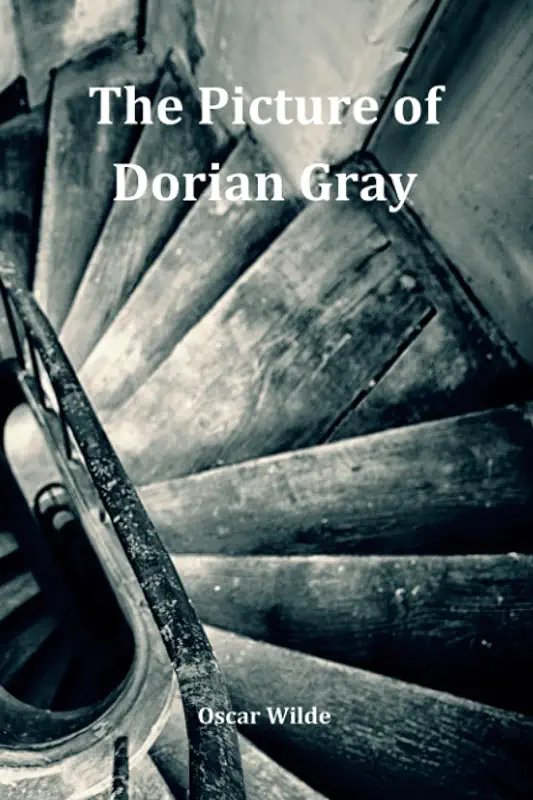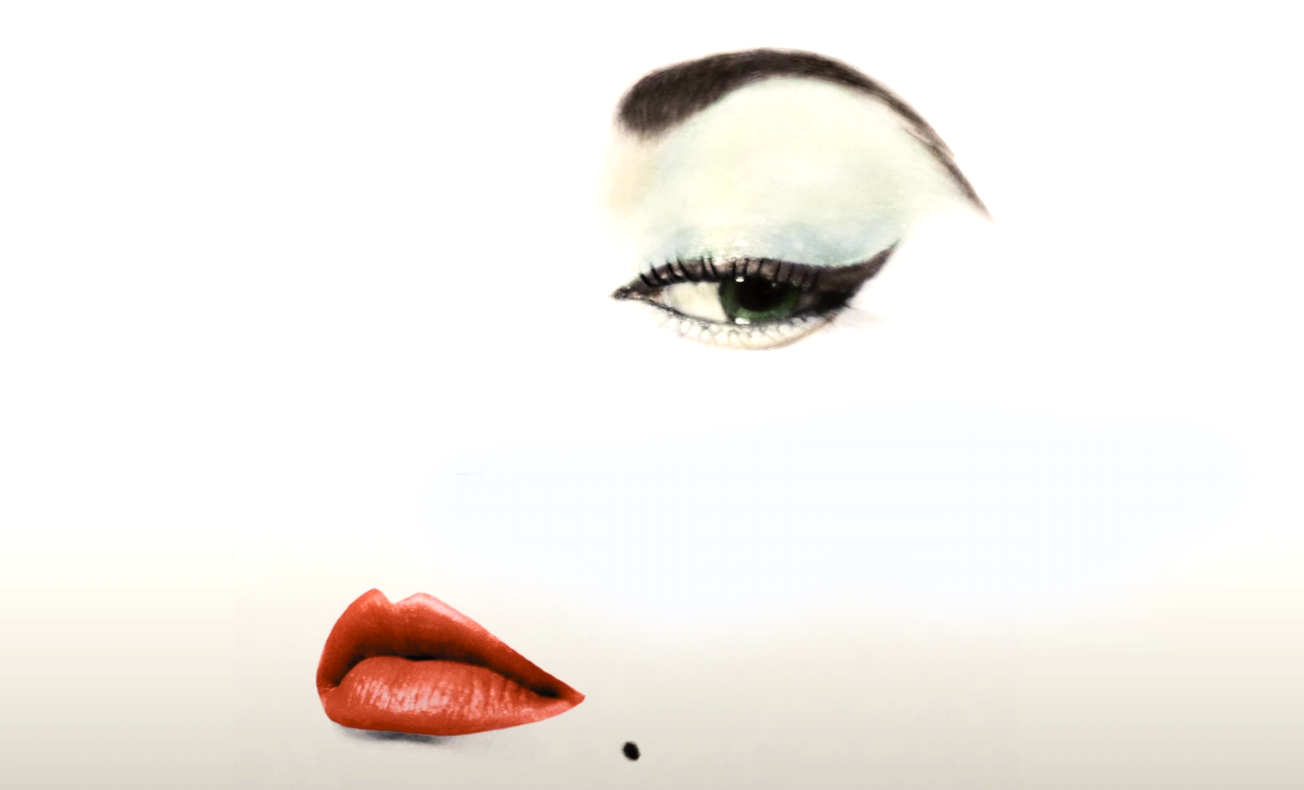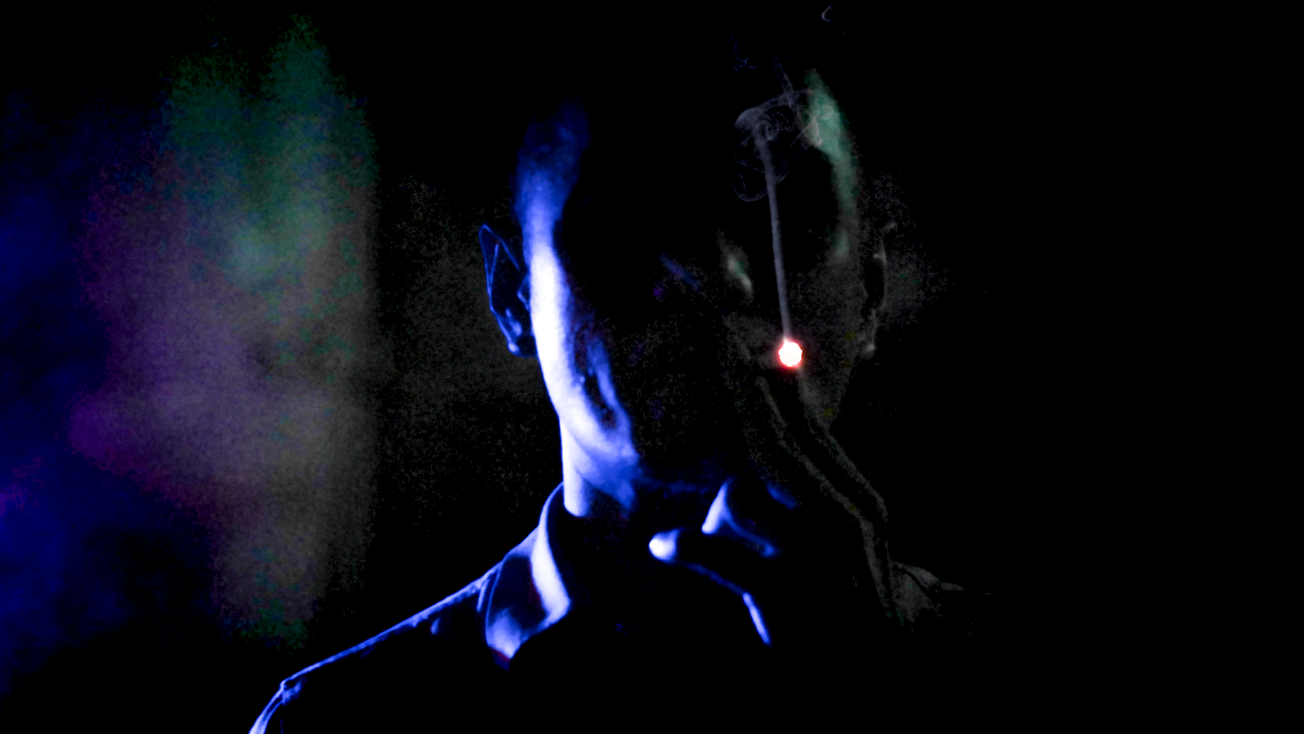Keywords: James McNeill Whistler, Art Revolution, Pioneering Approach, High Gloss Style, American Artist, Victorian London, Aesthetic Movement, "Art for Art’s Sake", Symbolism, Modernism, Portraiture, Landscape Painting, Etchings, Lithographs, Peacock Room, Legal Scandal, Ruskin Trial. Three words: Revolutionary, Aesthetic, Scandalous
Introduction
"Whistler: For Art's Sake" is a captivating documentary directed by Karen Thomas, released in 2014. The film dives deep into the life and work of James McNeill Whistler, an American artist whose revolutionary approach to art transformed the art scene in Victorian London and beyond.
Synopsis
The documentary provides an in-depth look at Whistler's life, ranging from his early years in America to his rise to fame in Europe. It explores his innovative artistic style, known for its high gloss and mannered aesthetic, which was often the subject of controversy. The film also delves into Whistler's legal scandal and the impact of the Ruskin Trial on his career.
More Film Analysis
Analysis
The documentary takes a comprehensive approach to its subject, combining detailed research with art analysis to present a rich portrait of Whistler's art and life. The film's style is a blend of traditional documentary techniques with dramatised sequences, creating a dynamic viewing experience.
Historical and Factual Context
As a leader of the "Art for Art’s Sake" aesthetic movement, Whistler significantly influenced Symbolism and Modernism. The film provides historical context to understand these art movements and Whistler's role in them.
Key themes in the film
- The role of controversy and scandal in the art world
- The influence of individual artists on broader art movements
- The tension between creativity and financial success
- The impact of public opinion on an artist's career
Film Comparisons
"Whistler: For Art's Sake" can be compared to other biographical documentaries about artists such as "Gerhard Richter Painting" and "Basquiat: Rage to Riches", but it sets itself apart with its focus on the intersection of art and scandal.
Noteworthy Moments
A key revelation in the documentary is the extent of the impact of the Ruskin Trial on Whistler's career and reputation, shedding light on the artist's resilience in the face of adversity.
Reviews
Audiences have praised the documentary for its engaging narrative and thorough research. Critics have commended its ability to present a complex figure like Whistler in an accessible and engaging manner.
Conclusion
"Whistler: For Art's Sake" is a must-watch for anyone interested in art history, offering a fascinating insight into the life and work of a revolutionary artist. It's particularly relevant for those who appreciate the complexities of the "Art for Art’s Sake" movement.
More film information:
FILM SUMMARY
- Genre: Documentary
PERSONALITIES
- James McNeill Whistler: An American artist renowned for his pioneering approach to art
- John Ruskin: A prominent art critic who clashed with Whistler in a famous legal trial
LOCATIONS
- Victorian London: The primary setting of Whistler's art career
Key Questions Raised by the Film:
- What is the impact of controversy on an artist's career?
- How did Whistler's art revolutionize the art world in Victorian London?
- What was the significance of the Ruskin Trial in Whistler's life and career?
Links for Further Exploration:
I wonder what the film would be in another art form



- If this film was a famous book, which one would it be? "The Picture of Dorian Gray" by Oscar Wilde – for its exploration of art's impact on society.
- If this film was a famous song, which one would it be? "Bohemian Rhapsody" by Queen – for its daring and groundbreaking approach.
- If this film was a famous piece of art, which one would it be? "The Scream" by Edvard Munch – for its bold defiance of convention.
- If this film was a famous celebrity, who would it be? David Bowie – for his revolutionary influence on his medium.
- If this film was a color, which one would it be? Peacock Blue – a nod to Whistler's iconic Peacock Room.
- If this film was a music style, which one would it be? Progressive Rock – for its boundary-pushing nature.








